
There’s a dead end junction, late in Half-Life 2’s airboat segment, that’s fairly easy to miss. It’s nothing special to look at. A concrete run-off with a few shanty houses and a handful of zombies. But this corner, with its distant chirping of crickets and the sunset baking the paneled walls in just the right way, is special enough that I always stop by for a visit when returning to the game. It’s a corner that perfectly captures the fleeting, uniquely melancholy beauty of Valve’s Source Engine.
The Source Engine, the software that drove all of Valve’s games from Half-Life 2 through Counter-Strike: Global Offensive, came at a uniquely transitory moment in game development. It was the mid-2000s, and 3D games were starting to look pretty damn good. Ten years earlier, and games were merely suggesting spaces through blocky corridors. A decade later, and we’re looking at games that are near photorealistic.
Source bridged that gap. It’s at once the last gasp of things like BSP-based terrain, baked lighting, and the entire field of level design, and a peek at the lush, living words of games to come. Over the past ten years, developers have gotten good at wringing spectacular landscapes out of the engine—but they’re doing so with a level editor built-in 1997, using limitations laid down in 2004.
It’s a bizarre tension, but one that gives Source maps a strange, almost haunted feeling. There’s an intangible quality to the way Source levels are lit. Sounds all echo just a little more than you think they should. Hop into an empty Garry’s Mod map, and the sense of isolation is overbearing.
LEVEL WITH ME
Denne historien er fra July 2021-utgaven av PC Gamer US Edition.
Start din 7-dagers gratis prøveperiode på Magzter GOLD for å få tilgang til tusenvis av utvalgte premiumhistorier og 9000+ magasiner og aviser.
Allerede abonnent ? Logg på
Denne historien er fra July 2021-utgaven av PC Gamer US Edition.
Start din 7-dagers gratis prøveperiode på Magzter GOLD for å få tilgang til tusenvis av utvalgte premiumhistorier og 9000+ magasiner og aviser.
Allerede abonnent? Logg på

"The War Within itself has kept me coming back most evenings too"
WORLD OF WARCRAFT remains my jailer, and I couldn't be more pleased about it
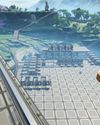
OK BUILDER
SATISFACTORY is the new titan in building and crafting games
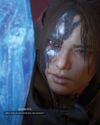
HELL YES
DIABLO IV: VESSEL OF HATRED is a transformative expansion
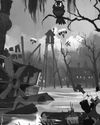
MOUSE: PI FOR HIRE
This mouse wants to be more than just a gimmick

WINDBLOWN
Dead Cells dev's new roguelike has me afraid for my free time
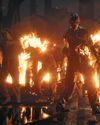
NO MORE ROOM IN HELL 2
As the zombie horde surrounded me just moments after taking down my two remaining teammates, the writing was really on the wall. Armed with just a chef's knife, it was clear I stood no chance, but I was going down swinging, hoping for a miracle... it didn't come.
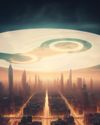
OWNED BY STEAM
VALVE cordially reminds you that your games aren't yours

CURSE OF THE AZURE BONDS
These classic games haven't aged badly, but I sure have.
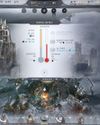
DEEP FREEZE
Endure a blizzard of tough choices and rough consequences in FROSTPUNK 2
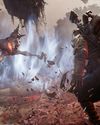
NEW HORIZONS
Building up REMNANT 2 outside the live service game grinder